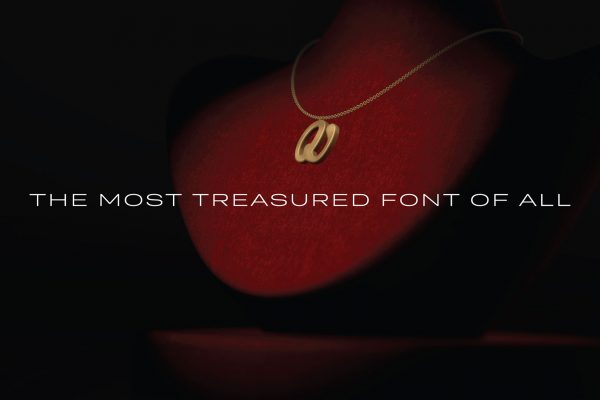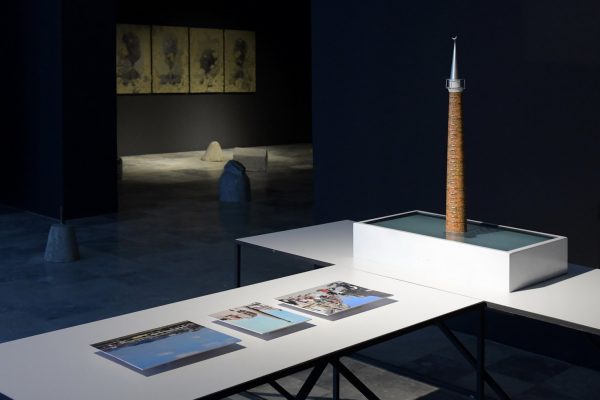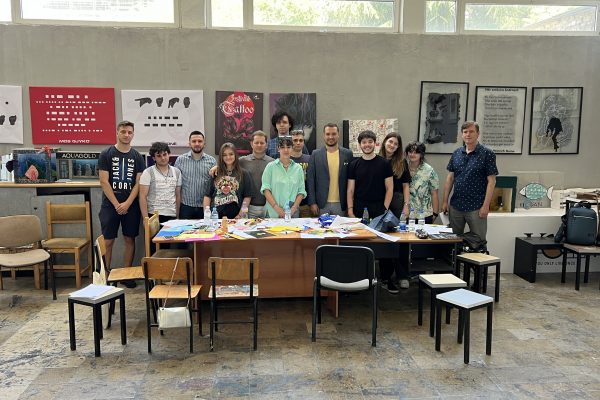Concept Create Design – What more?
We work on designs virtually every day and employ a variety of design techniques to make them practical, aesthetically pleasing, and appealing. However, many times, well-crafted designs fall short of becoming market differentiators or unique. One of the reasons for this is a lack of commitment in the product’s foundation, “the concept.” The “soul” of your product is its concept. Without a solid concept, a product is like a person without a soul.
A concept, on the other hand, is neither a prototype, mockup, or even a visual depiction of something. The concept is a one-dimensional thought; in other words, it is a zero-dimensional concept. You are essentially adding another dimension to it whenever you start thinking about it more and adding additional details by doing a line drawing or putting it in a simple narrative.
After preliminary studies and options assessments have been completed, and a project brief has been prepared, concept design usually takes place. The concept design is the design team’s first reaction to the project objective. Some designers distinguish between the terms “concept design” and “scheme design.” The ‘concept’ in this context refers to the basic design notion, but the ‘scheme’ expands on the concept by incorporating more functional and practical aspects. Most project plans today combine these two processes into a single stage called ‘concept design,’ or simply ‘concept.’ Following concept design is ‘detailed design’ or ‘developed design,’ which describes all of the structure’s major components and how they fit together.
The best designs begin with a fantastic idea. It’s your plan for resolving the issue of conveying your client’s message. While there is no one-size-fits-all approach to developing a concept, obtaining data is a must. You acquire information by asking your client as many questions as possible and listening to their responses both on and off the record. You can also learn about your client’s industry, products, services, and market by conducting your own study. The more knowledge you have, the better you’ll be able to come up with design ideas.
Concepts will be developed both vocally and visually. The former aids in determining the message you’ll deliver, while the latter aids in determining how you’ll deliver it. Both are useful guides for making design decisions. Getting away from consciously developing a concept and allowing your mind to work on the problem frequently produces the best solutions. How do you come up with creative design concepts? Do you have a set of steps you follow or do you let inspiration come to you?





